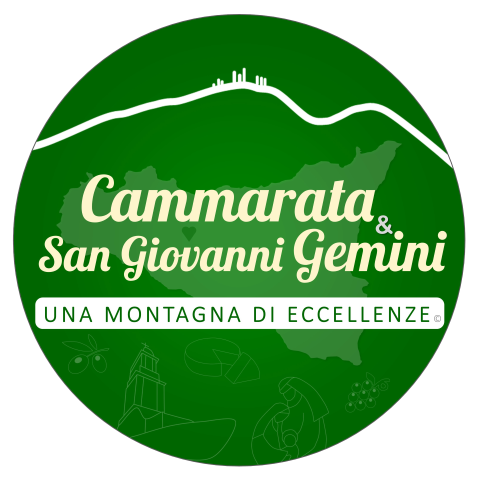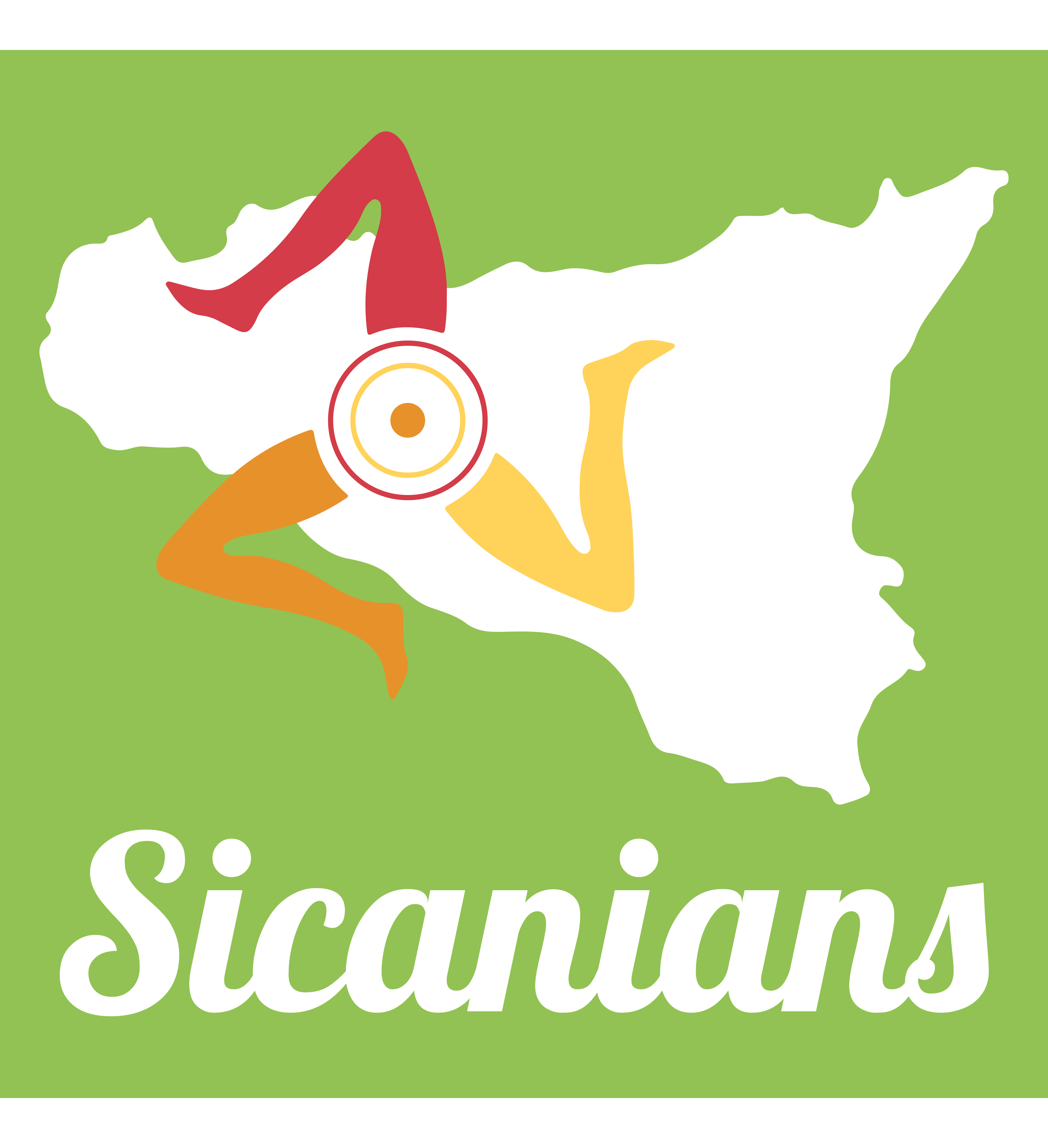
The stages on our territory
Castronovo stage> Cammarata - San Giov. Gemini


Stage Cammarata - San Giovanni Gemini> Sutera


Let's go to the discovery of the great Magna via Francigena on our territory
Let's delve into the story behind the path. The route linking Agrigento to Palermo has long served as a vital artery in Sicily for the flow of people, animals, and goods. Since the archaic period, it has bridged the Mediterranean and Tyrrhenian coasts, facilitating a cultural exchange that allowed the South to imbibe the influences of the North.
From the arrival of Greek colonists from the Aegean islands in the seventh century B.C., who established Siceliote poleis and encountered the Phoenicians in the island's west, to the Romans who, after capturing Akragas, advanced along this path to seize Panormus. They established an organized network of statio and mansio, strategic points for changing horses, resting, or lodging, operational until the fourth century A.D.
Following the Romans, the Byzantines took over, incorporating the region into the Thema of Sicily, fortifying their position for defense. Then came the Muslim warriors in the 9th century, arriving from North Africa, Arabia, and Spain, altering the landscape and fate of towns along the way. The narrative continued with the Norman conquest, led by Grand Count Roger of Hauteville and his brother Robert Guiscard, who reclaimed the island after two centuries under Emir control and re-Christianized it. They restored Greek-rite churches, constructed new Latin-rite ones, and fostered the cultural osmosis laying the groundwork for contemporary Sicilian society.
The roads you traverse are not merely passageways through fields and towns; they are the legacies of these peoples, the Regie Trazzere, meticulously cataloged and mapped by the Bourbons in their Regi Cadastre in the late nineteenth century. This rich tapestry is what you will encounter, embodying the essence of being Sicilian — a people who rejoice in song, carrying in their blood the vigor of the ancient knights, Normans, Greeks, Arabs, and Spaniards, all of whom have sought to extol Sicily.
(Source: official website)




The path
The Magna Via Francigena embarks on its journey from the forefront of Palermo's Cathedral, venturing along Corso Calatafimi towards the majestic Cathedral of Monreale, paralleling the Itinerarium Rosaliae. The path then traverses the Conca d'Oro valley, ascending to the hills of Santa Cristina Gela and the serene waters of Piana degli Albanesi's lake. Progressing through wheat fields, the route advances towards the Sanctuary of Tagliavia, directing travelers to Corleone, and onwards to Prizzi.
After skirting the artificial lake, the road delves into the Sicani village, proceeding towards the Natural Reserve of Monte Carcaci and eventually arriving at Castronovo di Sicilia, which stands as the geographical heart of the Magna Via. From this midpoint, the journey aligns with the Platani river, meandering through Cammarata and San Giovanni Gemini, intersecting the railway and state road before ascending towards the fortress of Sutera.
Under the shadow of San Paolino, the pathway weaves through the rural hamlets of Campofranco, Milena, and Racalmuto, converging at the heart of Grotte, a quaint town nestled within the Agrigento region. The concluding segments of this venerable route challenge travelers to cross the Platani river, navigating through the mining village of Comitini and Aragona, culminating at the center of Joppolo Giancaxio. The final stretch of countryside unveils the grandeur of Agrigento's fortress, its Rupe Atenea, offering sweeping views over the Mediterranean Sea and the iconic Valley of the Temples.

Common: Cammarata, Castronovo of Sicily, St. John Gemini
Path length: 12.7 km
Maximum elevation: 692 m
Minimum Elevation :: 380 m
Difficulty: Average
Common: Cammarata, Castronovo of Sicily, St. John Gemini
Path length: 12.7 km
Maximum elevation: 692 m
Minimum Elevation :: 380 m
Difficulty: Average
Description:
Route route: Asphalt 35% Dirt 65%
Maximum slope: 24.3%;
This narrative beautifully illustrates a segment of the Magna Via Francigena, detailing its passage through historically rich and scenic landscapes, integrating cultural and archaeological significance with the natural beauty of Sicily. While the original text provides a vivid journey, certain enhancements can improve clarity, narrative flow, and the invitation for exploration. Here's a refined version:
At the heart of the Magna Via Francigena lies the captivating area between the Rocca di San Vitale, adorned with Norman ruins and churches, and the Kassar plateau, from which the path gracefully descends. Exploring the entirety of this Sicani village center unveils the authentic warmth of its hospitality. The route advances along a nineteenth-century trazzera, skillfully weaving through modern switchbacks, passing a sports field, an emergency helipad, and a cemetery, until it intersects with provincial roads leading to swift waters.
Just 400 meters beyond the junction, a pivotal turn guides you towards Colle San Vitale. This site safeguards the invaluable archaeological remains of the Capelvenere Necropolis: an expansive rock hollowed out for burials, which, over the centuries, was also repurposed for dwelling. Beyond this historical treasure, the path crosses the Platani river. While winter crossings are discouraged due to high water levels, the spring and summer months offer a refreshing opportunity for a foot bath. Upon crossing, you approach the Magna Via's most significant oversight, the Casale di San Pietro. Beneath its grounds lie the echoes of an Islamic settlement, referenced in Norman documents. Ongoing excavations by the Archaeological Superintendency of Palermo and academic missions from the University of Rome Tor Vergata and York are unveiling findings that promise to illuminate the rich tapestry of this historically pivotal site.
Past the Casale, a fountain marks the commencement of an ascent along the trazzera, tracing the Saracena stream, a tributary of the Platani. This climb rewards travelers with the first glimpse of Cammarata and its majestic castle. Venturing into the village not only offers a chance to replenish supplies but also sets the stage for the journey towards the adjoining town of San Giovanni Gemini.
Description:
Embarking from San Giovanni Gemini, an interpoderal road bids farewell to the town, ushering you towards a trazzera that gently slopes down to the river. This segment, leading towards Sutera, offers welcoming stops at local accommodations, ready to provide weary travelers with rest and sustenance. From here, the journey continues along the former National road for approximately 2 km, crossing both the railway and the SS 189 on a straightforward path that demands careful navigation.
The route then ascends for about 1.5 km via a trazzera, arriving at the cemetery and the welcoming enclave of Acquaviva Platani, where a much-needed rest and water refill await. Departing Acquaviva Platani, an abandoned ex-provincial road guides us along trazzere tracing the crests of hills cradling Sutera and the Rocca di San Paolino. These paths offer enchanting vistas year-round, setting a picturesque scene for the farms dotted along the way, including one just before reaching Sutera that echoes the medieval genesis of the town.
The final stretch unveils Sutera and its majestic fortress, a sacred and potentially medieval site awaiting exploration. A visit to Sutera is incomplete without discovering its treasures: the ràbato, maintaining its Arab-influenced urban design of narrow lanes and closely nestled houses; the ancient spital of San Simone; the Mother Church dedicated to the Assumption; the municipal ethno-anthropological museum housed in the former Carmelite convent; Santa Croce hill; and the palazzo of Francesco Salamone, one of the 13 Italian champions of the famous Challenge of Barletta.

Go back to the nature section
Go to the culture section
Go back to the nature section
Go to the culture section





